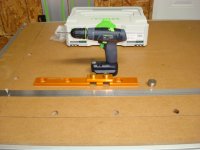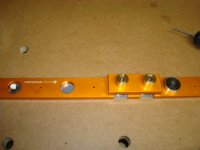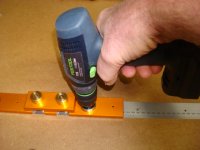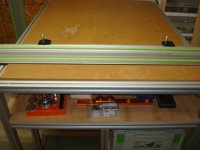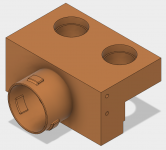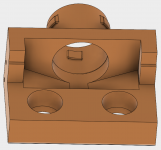[member=26002]squarecut[/member]
Nice idea - my only worry about all additional bits of kit or accessories is whether the accuracy be maintained. I will do some math on it.
[member=61231]HarveyWildes[/member]
Yes, the 3 mm Guide should fit snugly in a 20 mm hole or a 25 mm hole depending on the way around. It has many uses, some of which we have not discovered yet !
Peter
Nice idea - my only worry about all additional bits of kit or accessories is whether the accuracy be maintained. I will do some math on it.
[member=61231]HarveyWildes[/member]
Yes, the 3 mm Guide should fit snugly in a 20 mm hole or a 25 mm hole depending on the way around. It has many uses, some of which we have not discovered yet !
Peter

![20170806_121036[1].jpg](/data/attachments/38/38669-43f6a5695819093ab20e902279fe8ea5.jpg?hash=5MnjRnKDqM)
![20170806_121247[1].jpg](/data/attachments/38/38671-69cbab8fb101ba44187bd10781fa9d3c.jpg?hash=f8RdERfuG6)
![20170806_121316[1].jpg](/data/attachments/38/38673-a67efec36059346f9ea1cc0a816aae85.jpg?hash=3UiPAhdNB0)
